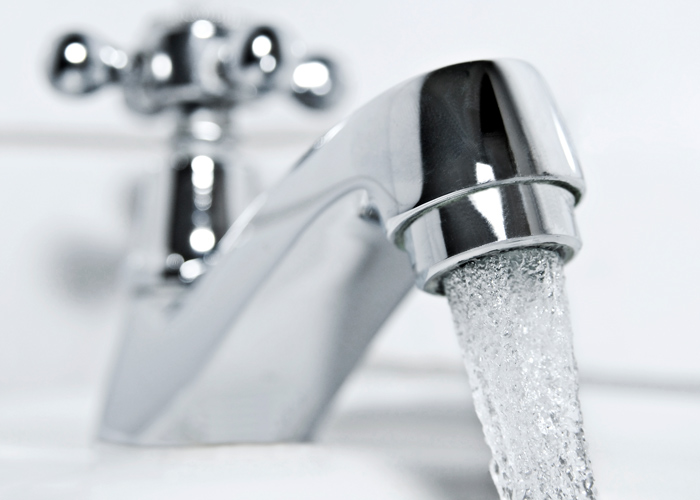Water Saving Tips
Start Saving Money by Saving the Water Used in Your Community

Follow These Water Saving Tips and Start Today!
- When washing dishes by hand, don’t let the water run while rinsing. Fill one sink with wash water and the other with rinse water.
- Run your washing machine and dishwasher only when they are full and you could save 1000 gallons a month.
- Use the garbage disposal sparingly. Compost instead and save gallons every time.
- Keep a pitcher of water in the refrigerator instead of running the tap for cold drinks, so that every drop goes down you, not the drain.
- Wash your produce in the sink or a pan that is partially filled with water instead of running water from the tap.
- If your shower can fill a one-gallon bucket in less than 20 seconds, then replace it with a water-efficient showerhead.
- Collect the water you use for rinsing produce and reuse it to water houseplants. You can also keep a bucket in your shower and do the same.
- When you shop for a new appliance, consider one offering cycle and load size adjustments. They are more water and energy-efficient than older appliances.
- Time your shower to keep it under 5 minutes. You can save up to1000 gallons/month.
- Install low-volume toilets.
- When you clean your fish tank, use the water you’ve drained on your plants. The water is rich in nitrogen and phosphorus, providing you with free and effective fertilizer.
- Put food coloring in your toilet tank. If it seeps into the toilet bowl, you have a leak. It can be an easy fix, and you can save more than 600 gallons a month.
- Plug the bathtub before turning the water on, then adjust the temperature as the tub fills up.
- Designate one glass for your drinking water each day. This will cut down on the number of times you run your dishwasher.
- Don’t use running water to thaw food.
- Fix that leaky faucet. It’s simple, inexpensive, and can save up to 140 gallons a week.
- When doing laundry, match the water level to the size of the load.
- Teach your children to turn the faucets off tightly after each use.
